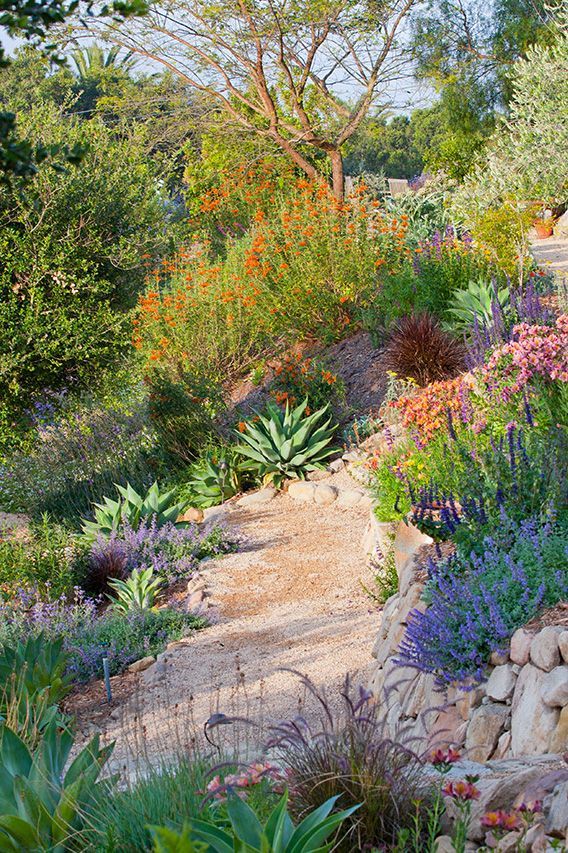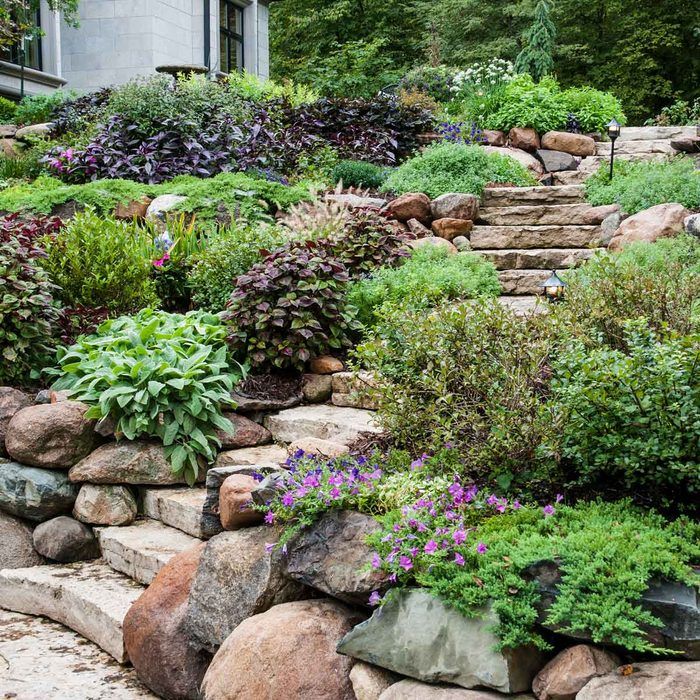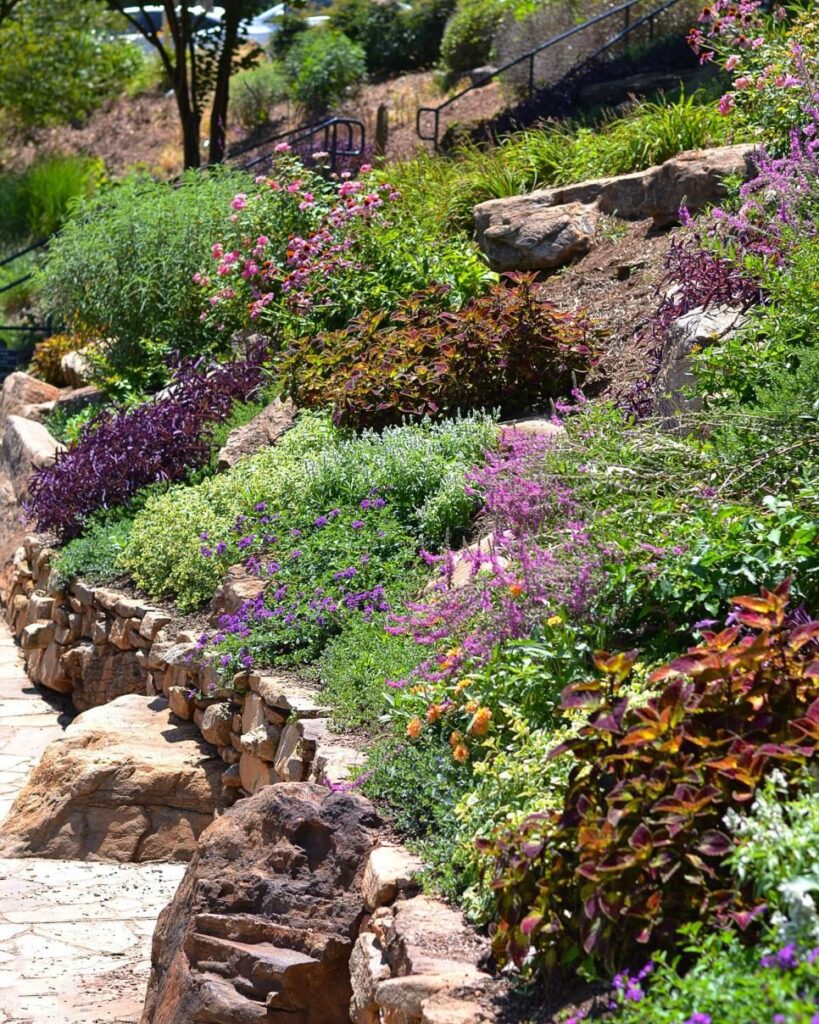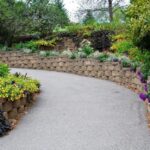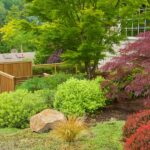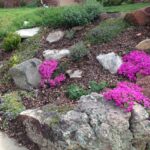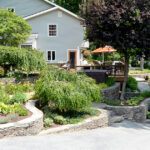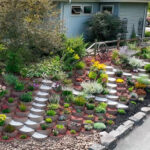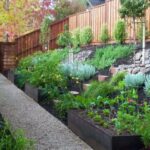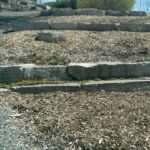Landscaping on a slope can present unique challenges, but with proper planning and execution, it can also result in a stunning and dynamic outdoor space. One of the key considerations when landscaping on a slope is erosion control. Without proper measures in place, runoff from rainfall can quickly wash away soil and plants, leaving behind bare patches of land. To prevent erosion, it is important to use retaining walls, terraces, or planting beds to create level areas where water can be absorbed by the soil.
In addition to erosion control, the slope of the land must also be taken into account when choosing plants and designing the layout of the landscape. Plants that are well-suited for slopes are those with deep root systems that can anchor themselves in the soil and prevent erosion. Groundcovers, such as creeping thyme or sedum, are excellent choices for sloped areas as they help to stabilize the soil and reduce maintenance needs.
When designing a landscape on a slope, it is important to consider the natural flow of water. Water can quickly accumulate and create drainage issues if not properly managed. Installing a drainage system, such as French drains or swales, can help to redirect water away from the slope and prevent erosion. Terracing the slope can also help to slow down the flow of water and create level areas for planting.
Creating visual interest and maximizing the use of the slope is another important aspect of landscaping on a slope. By incorporating hardscaping elements, such as stone retaining walls or stairs, you can create distinct areas for different purposes, such as seating areas or garden beds. The slope itself can also be used to create a sense of movement and flow in the landscape, with plants strategically placed to draw the eye upwards.
Maintaining a landscape on a slope can be more challenging than a flat yard, as gravity can cause soil to shift and plants to become dislodged. Regular maintenance, such as mulching, pruning, and weeding, is essential to keeping the landscape looking its best. As plants mature, their root systems will help to stabilize the soil and prevent erosion, making maintenance less of a concern over time. By carefully planning and implementing erosion control measures, selecting appropriate plants, managing water flow, and incorporating hardscaping elements, landscaping on a slope can result in a beautiful and functional outdoor space.
